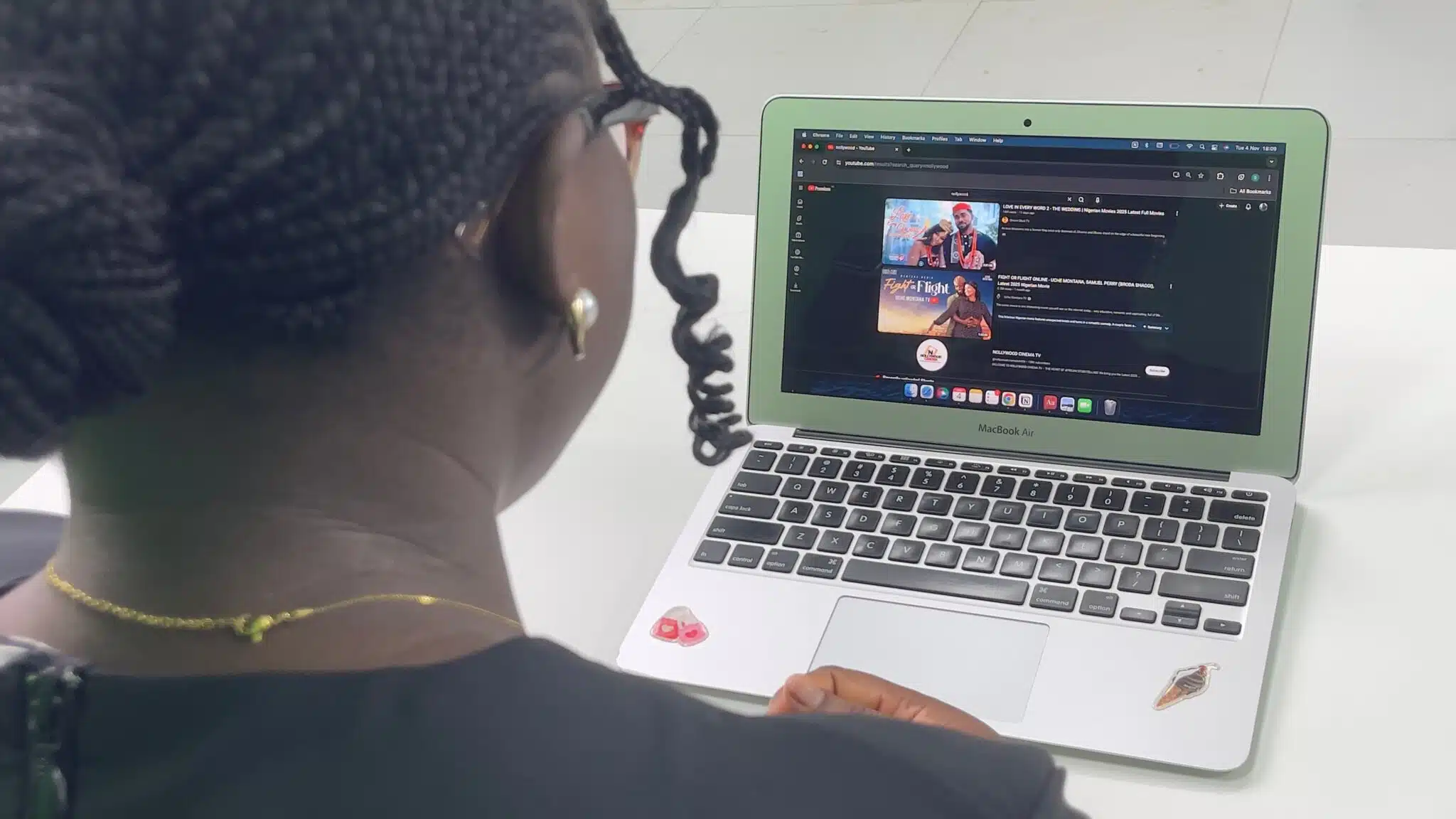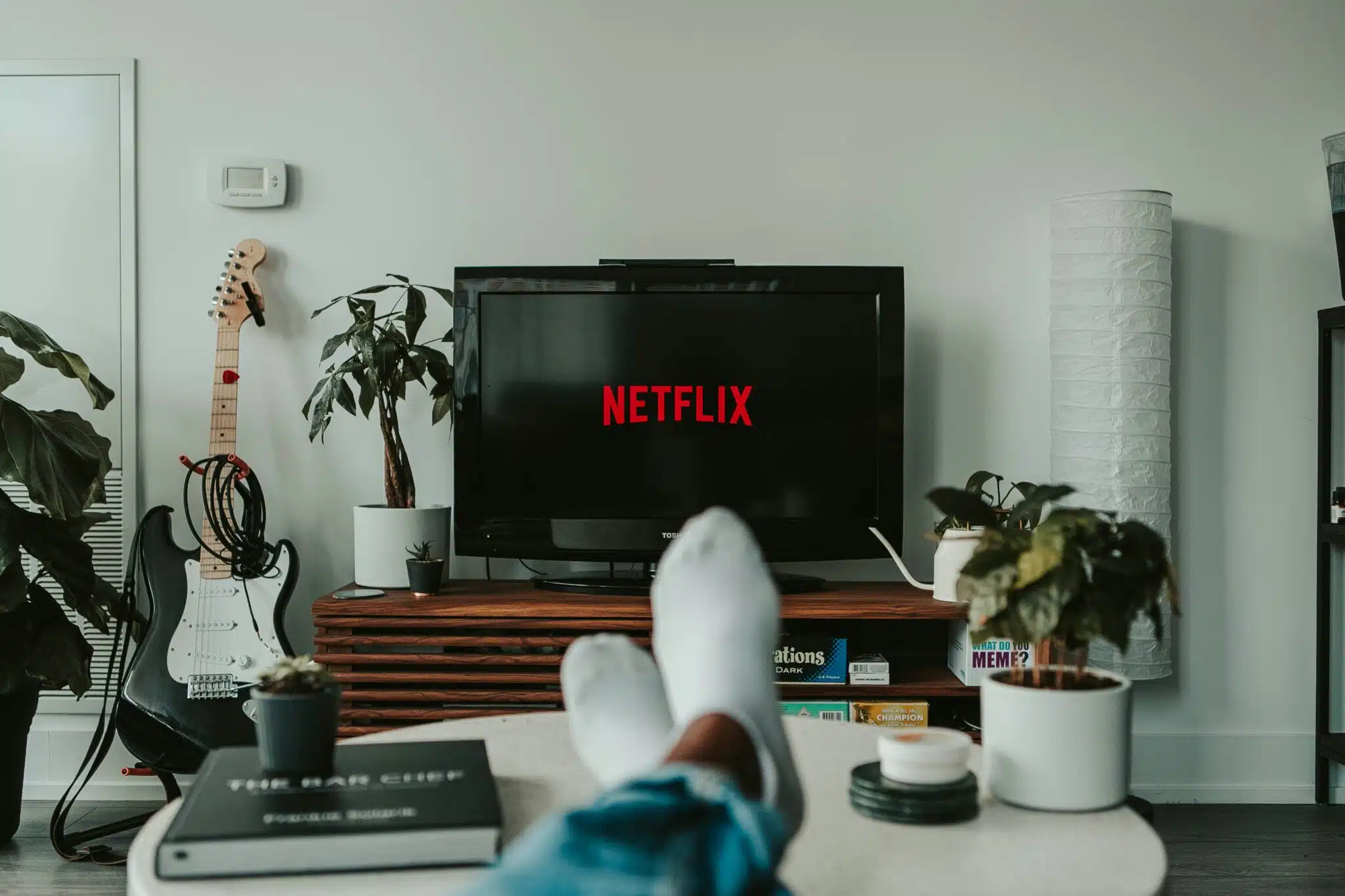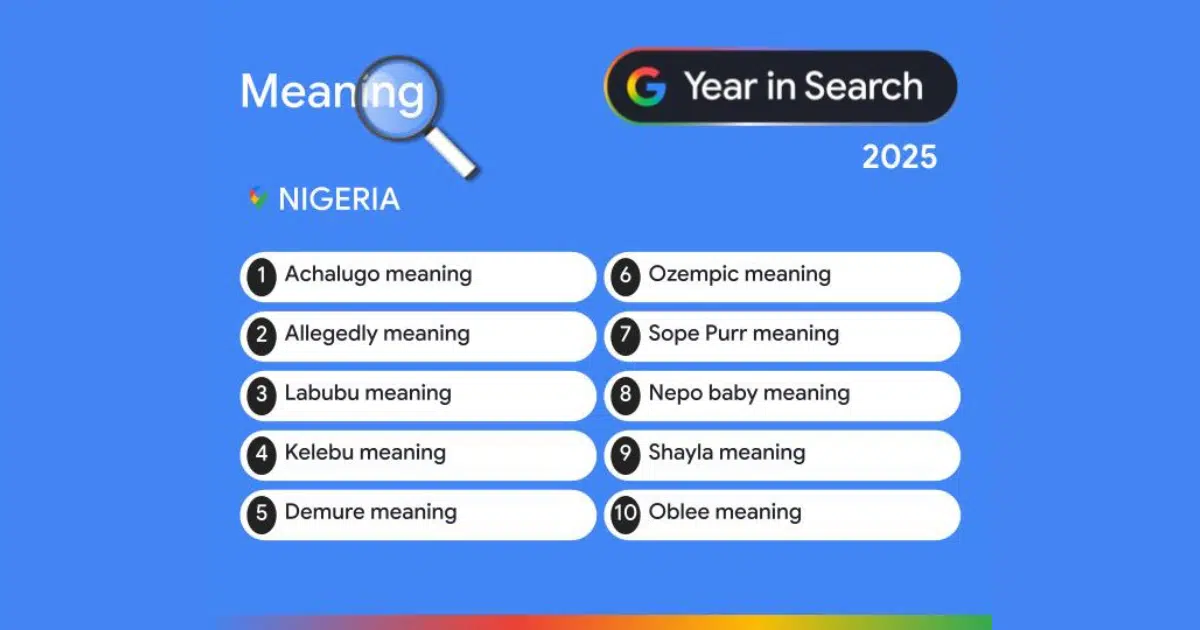When Love in Every Word 2, the latest film from Nollywood actress and filmmaker Omoni Oboli, rolled its end credits, something stood out beyond the cast and crew. A string of brands, including UBA, MTN, Coca-Cola, GIG Logistics, Vaseline, and Close-Up, appeared as collaborators and sponsors.
Their presence could mark the start of a shift in how Nollywood sustains itself financially.
Over the past year, we’ve documented the rise of YouTube as an alternative to traditional streaming platforms in Nigeria. This shift comes as Netflix and Amazon Prime have reduced their local participation, forcing filmmakers to explore new sources of distribution.
For these filmmakers, while YouTube provides a less lucrative avenue to earn from their art, it also holds a willing audience with low barriers to entry.
Even before YouTube became a proper distribution channel, filmmakers such as Funke Akindele and Toyin Abraham had already found success in cinemas as they sought alternative revenue streams. However, that typically comes with major challenges.
Movies must be of a high quality for viewers to justify going to the cinemas. Filmmakers must also spend significantly on marketing to ensure a steady stream of viewers, while also contending with gatekeepers who could limit a movie’s reach.
Compare that with the opportunity presented by YouTube. Once a filmmaker has a movie, they could be up and running in a few hours.
Many Nollywood YouTube channels release three movies each month on average, often featuring a rotating but familiar cast. While the storytelling and cinematography may not meet the standards of major streaming platforms, their devoted audiences don’t seem to mind. These filmmakers also save significantly on marketing costs, relying instead on YouTube’s algorithm and social media buzz to draw in viewers.
Yet, even they must contend with generating revenue. The average CPM (cost per thousand views) for African creators remains low — often between $0.30 and $1.50 — compared to the $5 to $10 that creators in Western markets typically earn. That means a Nollywood film that racks up a million views might only make a few thousand dollars in ad revenue. When production and crew costs are factored in, it becomes clear why most filmmakers must produce multiple movies monthly for the numbers to make sense.
So, while YouTube solves the distribution problem, it creates a sustainability challenge.
Enter brand collaborations. Oboli’s decision to partner with businesses reflects an understanding of YouTube’s limitations. By integrating brands directly into her films, she is effectively turning each production into a marketing vehicle. The film becomes not just a story to watch but a platform where brands reach engaged audiences in a context that feels natural. Whether they execute this effectively is a different story, though.
To be clear, product placement and brand integrations are far from novel. Hollywood films, from James Bond to Marvel blockbusters, have long monetised content in this way. Nollywood has also had its fair share of brand integrations in the past. However, brand partnerships have historically been sporadic or poorly executed, often feeling forced or distracting rather than organic.
With over 100 million internet users and one of the world’s most active youth populations, Nigeria’s digital audience is a marketing goldmine. The country’s film industry, which employs over a million people and contributes nearly a billion dollars to the country’s economy, remains one of the strongest cultural exports from Africa. YouTube, with its relatively transparent metrics and global accessibility, now gives brands the chance to reach that audience.
However, the promise of revenue generation through brand placements rests on the availability of potential clients who must have both the finances and the willingness to spend part of their marketing budgets on movies.
On the surface, there’s a strong argument for increased brand placements in movies put up on YouTube. While one can argue that the 13 million-plus views already generated by Oboli’s Love in Every Word is not the standard, it is common to see movies by even less popular producers hit the one million views mark.
Additionally, these movies remain on YouTube for as long as the producer chooses, giving advertisers longevity that neither online banner ads nor out-of-home advertising can offer.
But there’s a second part to this equation, one where supply and demand must find balance. While there’s no shortage of YouTube filmmakers offering potential advertising slots, the number of brands willing to spend on such integrations may be smaller.
The risk is that filmmakers, eager to secure any partnership, might accept deals that undervalue their reach. This could lead to a race to the bottom, where filmmakers compete on price rather than quality or creativity.
“I do think there could be a saturation where the same brands appear in shows or movies. More filmmakers are going to chase the brands that are going to give them money, and I think it’s already happening,” Praise Vandeh, a culture journalist, shares.
Nigeria’s advertising ecosystem remains relatively small, and not many businesses are actively investing in branded entertainment.
In such a limited market, the advantage will almost always tilt toward producers with the widest reach or strongest marketing instincts. Those who command millions of views or enjoy name recognition are more likely to attract brand interest, while smaller creators will continue to depend largely on YouTube’s modest ad revenue.
But there’s some hope. If Nollywood’s reach continues to grow across Africa, sponsorships might come from regional or international brands chasing a larger audience. That could ease the pressure on Nigeria’s limited advertiser base and position Nollywood as a broader African storytelling platform.
In the end, Love in Every Word 2 is not just a film but a signal of where Nollywood might be heading as it searches for firmer financial footing.











